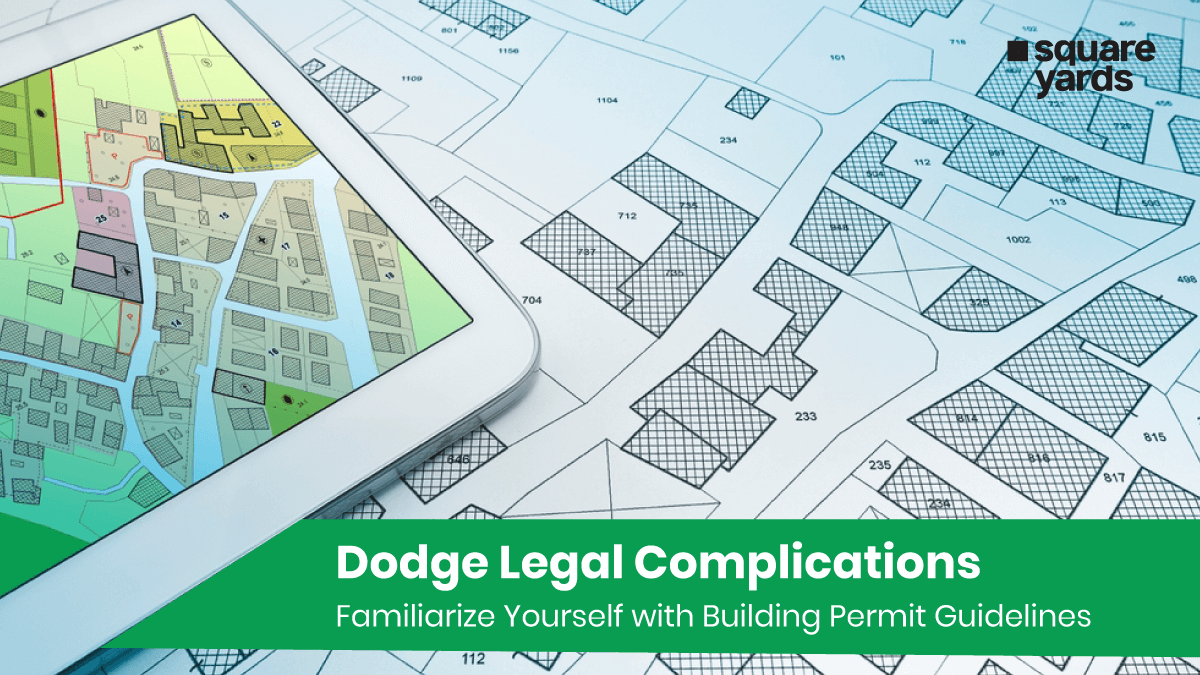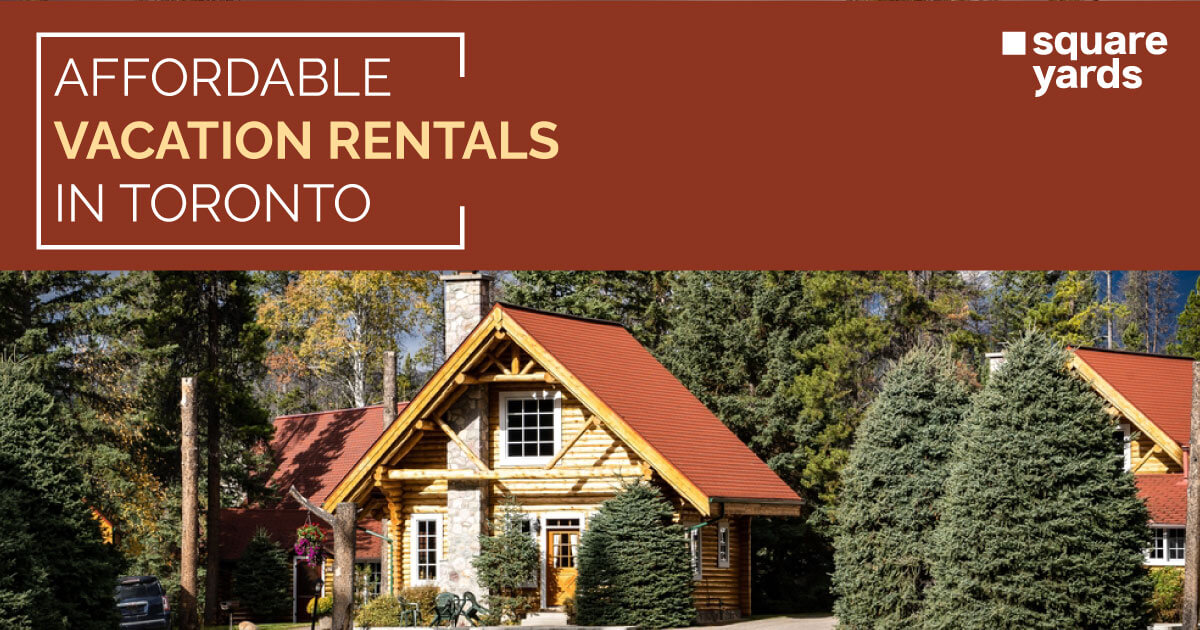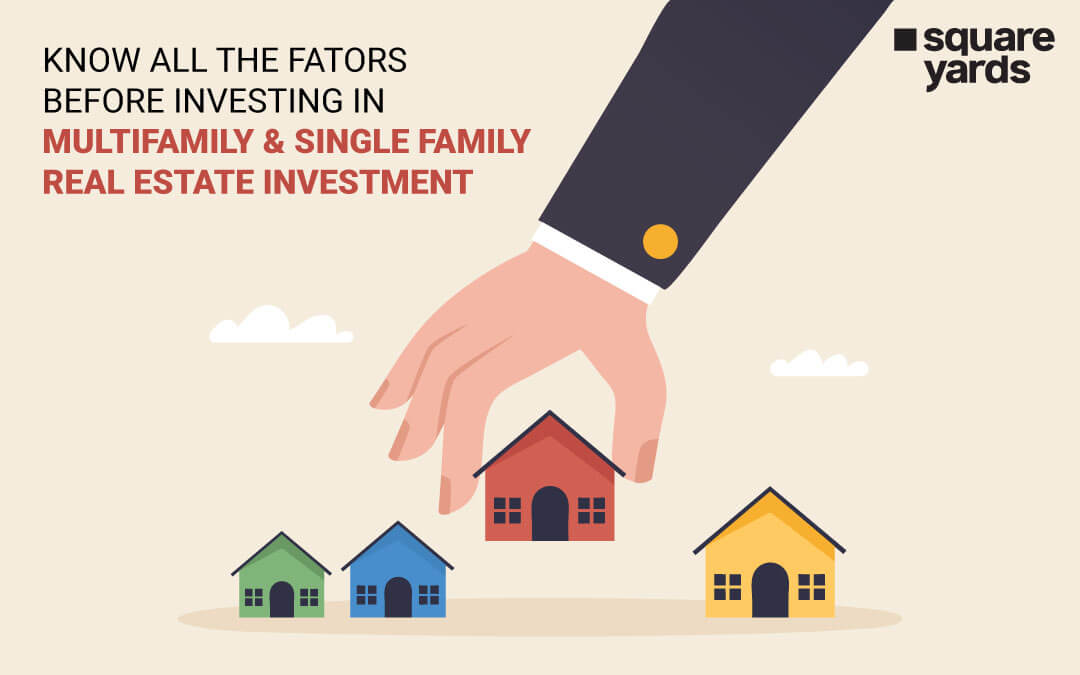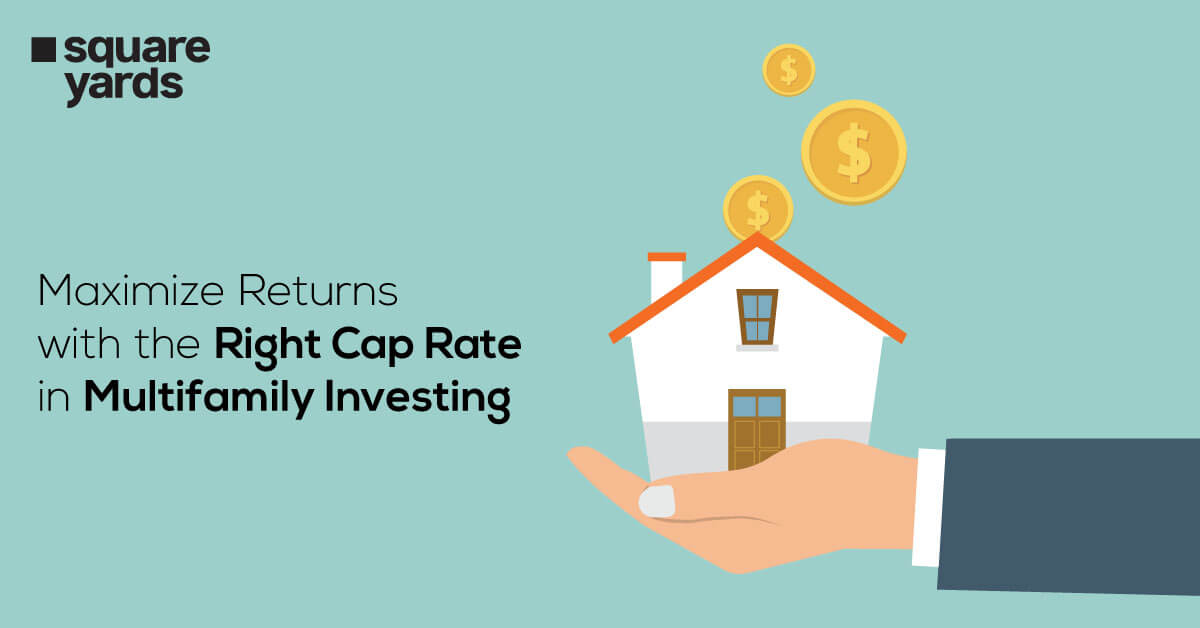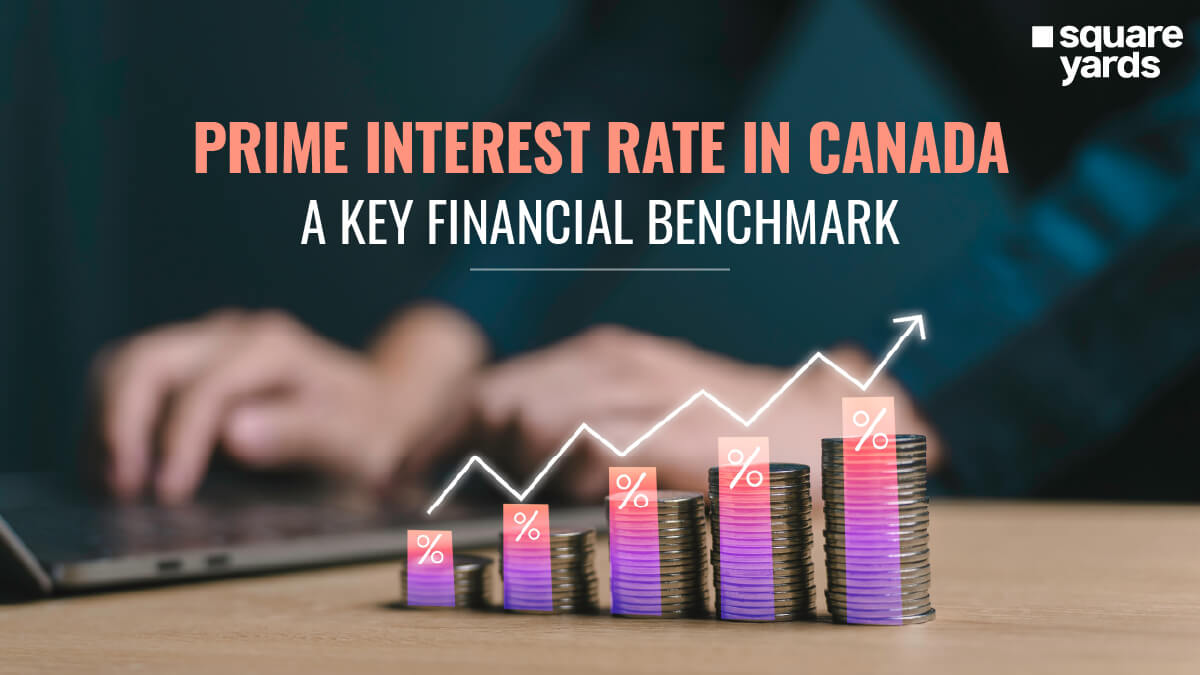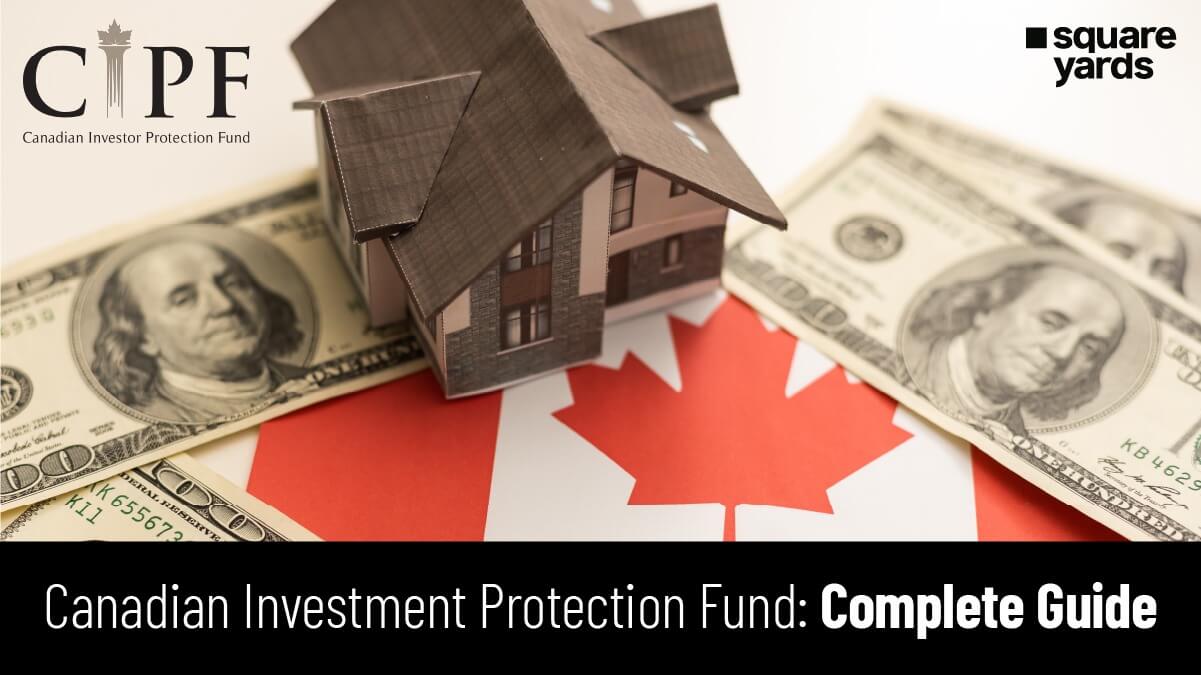High real estate prices in Canada are spurring creative businesses to innovate. They might change how we view house ownership and real estate investing. Hence, potential homeowners and investors are now interested in fractional ownership in Canada. It is important to understand the terms of these new models and how they affect your rights.
This blog will explore fractional ownership, detailing its concept, types, and advantages and disadvantages.
Overview
Fractional ownership in Canada allows multiple people to own a share of a property. Each owner holds a percentage of the property and shares its benefits and costs. It’s common in vacation homes, commercial real estate, and luxury assets. Owners can also use the property for a specified time each year. A professional company usually handles management and maintenance. This model lowers the cost of ownership and reduces individual responsibility. It’s different from timeshares, which only provide usage rights without ownership. Fractional ownership offers investment potential and personal use.
Understanding Fractional Real Estate Investing

The operation of fractional ownership in real estate is as follows: An investor receives a deed for a portion of the property rather than a time-sharing arrangement that limits their use. Each investor still has access to the house while the costs are minimal. Regarding fractional ownership, each investor signs an ownership contract. It commits them to split the expenses and rewards of holding real estate. The benefits include equity, personal usage, and earnings from any future selling. These costs range from routine maintenance and repairs to property management fees. Although details vary, fractional ownership agreements typically involve a property management company handling upkeep and scheduling owner access times.
Investors choose fractional ownership arrangements for various reasons. Some people might want to buy a second house but may not want to invest the capital needed for full ownership. At other times, investors sign contracts granting them access to a collective network of properties, like resorts or condo hotels. The term “private residence club” is an example of a fractional ownership arrangement.
Part owners frequently have the option to assign their usage rights to friends or relatives, subject to the conditions of the agreement. Additionally, they could also lease them to more co-owners. A co-owner’s fractional interest often dictates their time at the property and their influence over group decisions.
Fractional Ownership Types
Fractional real estate investing allows multiple investors to own a share of a property. Here are the different types of fractional ownership in real estate:
-
- Residential Properties: Investors typically buy a fraction of a residential property, such as a house or apartment, for rental income. Each owner shares in the rental income and appreciates value proportionately.
- Commercial Properties: This involves owning a share of commercial real estate, like office buildings, retail spaces, or industrial properties. Investors also earn a portion of the rental income from business tenants and any increase in property value.
- Vacation Rentals: Multiple investors also purchase a holiday property together. When the owners are not using it, they rent it to vacationers and generate rental income. A property management company typically handles usage schedules and rental management.
- Mixed-Use Developments: Investors own a fraction of a property, including residential and commercial spaces. This type of investment offers diversified income streams from residential tenants and commercial leases.
- Development Projects: Investors collectively fund the development of new real estate projects. After completion, investors can sell the property for a profit or rent it out, sharing their income and gains.
- Real Estate Investment Trusts (REITs): With REITs, investors can purchase shares in an organisation that owns and manages a portfolio of real estate properties. This is not classic fractional ownership. Prospective capital gains and rental revenue provide dividends to investors.
- Real Estate Crowdfunding: This is a modern form of fractional ownership where investors pool their funds online to purchase or develop properties. Investors receive a share of the rental income or profits from the sale of the property.
Advantages and Disadvantages of Fractional Ownership
The advantages and disadvantages of fractional ownership are discussed below –
Advantages
-
- Affordability: One of the main advantages is that it lowers the cost of real estate investing. It lets you co-own an expensive house you couldn’t afford alone. Moreover, fractional ownership offers investors access to a house in a desired neighbourhood at a cost they can afford.
- Reduced Financial Risk: Shared ownership reduces each investor’s financial burden and risk compared to sole ownership.
- Shared Responsibilities: Maintenance, upkeep, and property management tasks are shared, easing the workload for individual owners.
- Flexible Usage: Owners can enjoy personal use of the property for a specified period each year while also having the option to rent out their share.
Disadvantages
-
- Difficult to sell: It is more difficult to sell a home through fractional ownership than through entire ownership. An extensive study will be necessary to determine the ownership structure and the limitations associated with share sales.
- Restricted to one property and location: Fractional ownership limits the investor to one specific property in one location. Purchasing a fractional share for vacation use might be restrictive if you or your family must spend many vacation days in one location.
- Ownership Restrictions: There is a possibility of various ownership limitations. The agreement’s conditions make selling your shares difficult or letting a third party temporarily rent the property.
Final Words
Fractional ownership in Canada allows multiple investors to jointly own a high-value asset, such as real estate or luxury items. Each investor purchases a fraction through a legal entity like a corporation or trust and receives proportional benefits and usage rights. The ownership structure also includes shared expenses for maintenance and management, distributed according to ownership percentage. Contracts outline usage schedules, dispute resolution, and resale processes. Fractional ownership also offers an innovative investment avenue, balancing accessibility, shared responsibilities, and potential profit.
Frequently Asked Questions (FAQs)
Is fractional ownership worth it?
Fractional ownership in Canada can be worth it for those seeking lower costs and shared maintenance responsibilities while accessing luxury properties. However, it comes with limitations such as restricted use, potential disputes among co-owners, and challenges in resale.
Are fractional shares allowed in Canada?
Yes, fractional shares are allowed in Canada. Fractional ownership enables investors to buy less than one full share of a company's stock. This makes investing more accessible and affordable.
Is fractional ownership a good investment in Canada?
Fractional ownership in Canada can be a good investment for diversifying your portfolio, accessing high-value properties, and reducing risk. However, it involves shared ownership complexities, potential liquidity issues, and management fees.
Can I sell my fractional shares?
Yes, you can sell your fractional shares through most brokerage platforms supporting fractional trading.













